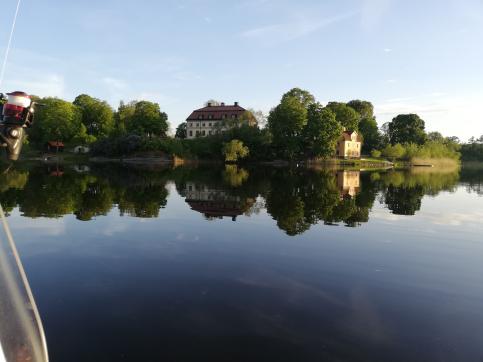Conclusion
Wels catfish preferred deep areas more than randomly expected, the only excepted occurred in June, likely indicating spawning behaviour. The fish’s activity and depth preferences varied according to both diurnal and seasonal cycles, with high, distinctly nocturnal activity during summer, and low, slightly nocturnal movement during winter. Fish preferred shallower regions during the night compared to daytime, indicating that the species travelled to shallower regions searching for food items. I found that home range size (95% AKDE) was highest during summer and lowest during winter. Overall site fidelity (50% AKDE) remained similar during the seasons as wels catfish utilized areas the size of 2-9 ha during the entire year, indicating that each fish had a core area that it frequently returned to.
Based on my data, wels catfish utilized shallower regions for spawning and foraging, and deeper areas for resting and hibernation. Conservation efforts should therefore focus on protecting and restoring shallow areas with a lot of vegetation and food items adjacent to deep “holes” with underwater structures such as sunken vegetation, rocks, or pits in the lakebed. These areas are important for the survival of Wels catfish in Swedish waters, as they fulfill requirements for feeding, reproduction, resting, and hibernation.

Responsible for this page:
Director of undergraduate studies Biology
Last updated:
05/13/21
